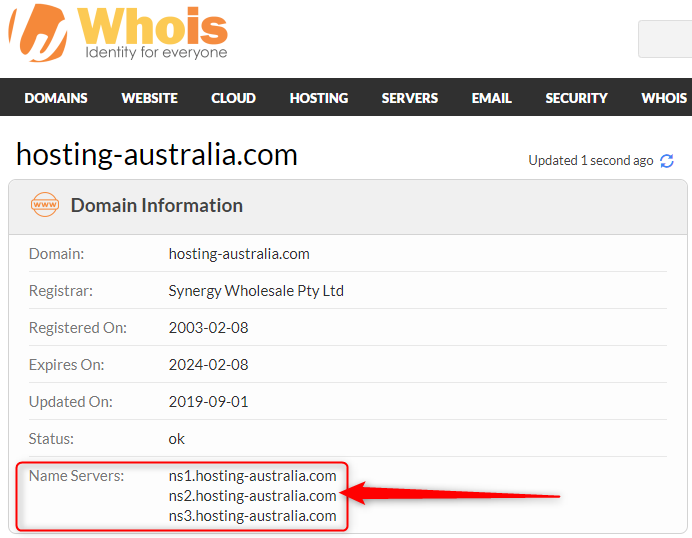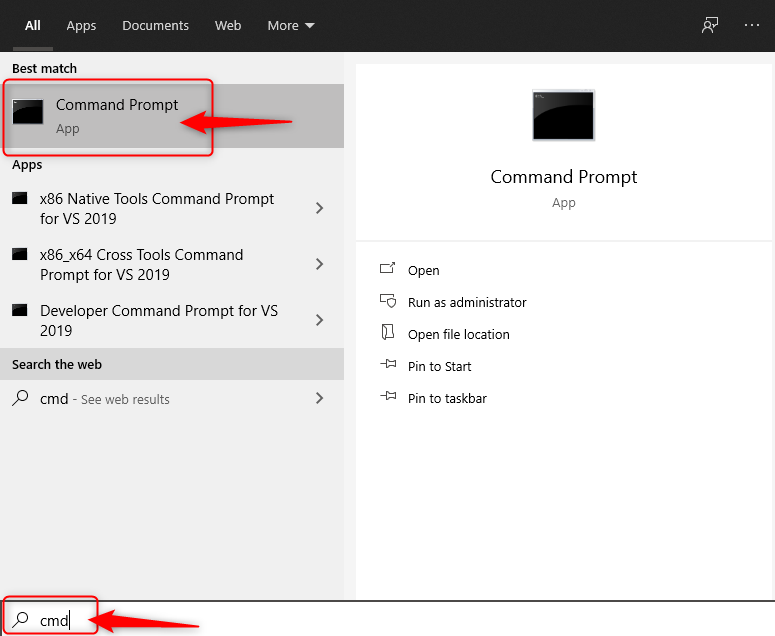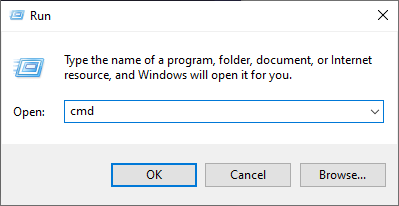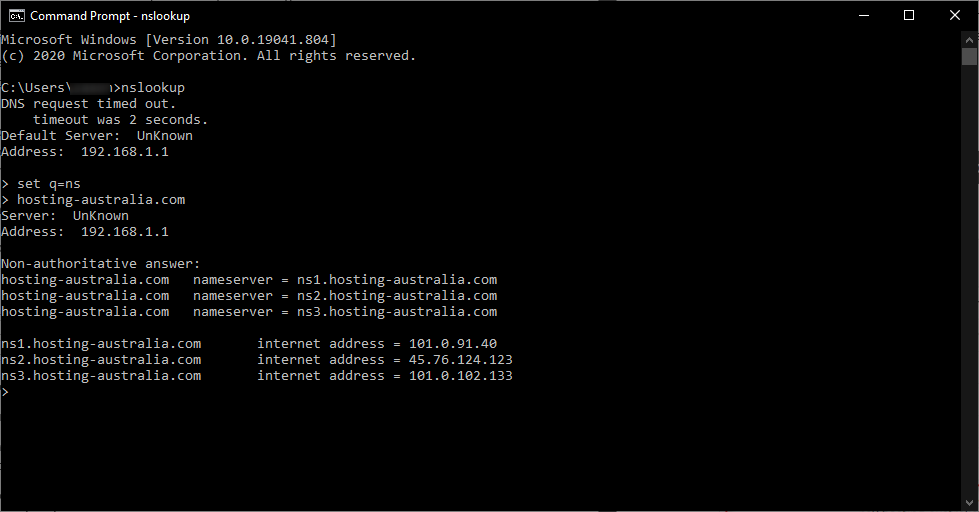When setting up and configuring hosting you may have seen the word Nameservers so, what are they and what do they do? In this article, we will learn all about nameservers. Understanding nameservers is such an important step when creating websites.
What is a Nameserver?
When you type a URL into a browser, for example, hosting-australia.com, there needs to be some way to connect that URL with the underlying web server that powers the website at that domain name.
As explained in our previous blog article Understanding DNS Records, if you had to type and remember the actual IP addresses of the website’s you wish to visit each time. It would be impossible to remember all the different addresses.
Nameservers play an important role in connecting a URL with a server in a more functional way.
Nameservers look similar to any other domain name. when you view a website’s nameservers, you will typically see a minimum of two nameservers. Here is an example of the hosting-australia.com nameservers:
- ns1.hosting-australia.com
- ns2.hosting-australia.com
- ns3.hosting-australia.com
These nameservers help direct traffic to the hosting-australia.com servers.
Let us take a bit more of a deep dive into how exactly it all works.
When you visit hosting-australia.com, it is a simple as opening your web browser and typing hosting-australia.com into the browser’s address bar and the homepage will be displayed.
Its that simple, but this is because we cannot see what is going on behind the scenes between the device and all the networks.
The process goes like this:
Hosting-australia.com is entered into the browser address bar.
The browser sends a request to the domain’s nameserver.
- ns1.hosting-australia.com
- ns2.hosting-australia.com
- ns3.hosting-australia.com
The nameserver responds back with the IP address of the website’s server.
Browser requests the website content from the IP address
Browser retrieves the content and renders it in your browser.
Where can I find my Nameservers?
There are multiple ways to find out what your nameservers are. You may need to change your them to point to a different address or you are prompted to find out what they are by a developer.
The most common way to find these details is by checking online tools such as whois.com.
This site allows you to search a domain name and the domain information displayed, such as the nameservers.

You are also able to find out nameservers through your Command Prompt.
This is done via a Windows Command Prompt, you can do this by following the steps below:
- Search or Run CMD via the Start bar.


- Open Command Prompt
- Type nslookup into the CMD > press enter
- Type set q=ns > press enter
- Enter domain name > press enter

On a Mac, open Terminal and run the following command:
- host -t NS exampledomain.com
Summary
Nameservers play such an essential role in directing traffic on the internet by helping to connect your domain name with the IP address of your web server.
If you ever need to change your nameserver you can also follow this help knowledge base article created by the hosting-australia.com support team HERE!







